High Performance MySQL. Optimization, Backups, Replication, Load Balancing & More Jeremy D. Zawodny, Derek J. Balling
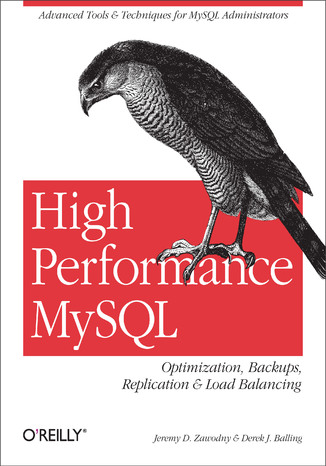



- Autorzy:
- Jeremy D. Zawodny, Derek J. Balling
- Wydawnictwo:
- O'Reilly Media
- Ocena:
- Stron:
- 304
- Dostępne formaty:
-
ePubMobi
Opis
książki
:
High Performance MySQL. Optimization, Backups, Replication, Load Balancing & More
As users come to depend on MySQL, they find that they have to deal with issues of reliability, scalability, and performance--issues that are not well documented but are critical to a smoothly functioning site. This book is an insider's guide to these little understood topics.Author Jeremy Zawodny has managed large numbers of MySQL servers for mission-critical work at Yahoo!, maintained years of contacts with the MySQL AB team, and presents regularly at conferences. Jeremy and Derek have spent months experimenting, interviewing major users of MySQL, talking to MySQL AB, benchmarking, and writing some of their own tools in order to produce the information in this book.In High Performance MySQL you will learn about MySQL indexing and optimization in depth so you can make better use of these key features. You will learn practical replication, backup, and load-balancing strategies with information that goes beyond available tools to discuss their effects in real-life environments. And you'll learn the supporting techniques you need to carry out these tasks, including advanced configuration, benchmarking, and investigating logs.Topics include:
- A review of configuration and setup options
- Storage engines and table types
- Benchmarking
- Indexes
- Query Optimization
- Application Design
- Server Performance
- Replication
- Load-balancing
- Backup and Recovery
- Security
Wybrane bestsellery
O'Reilly Media - inne książki
Dzięki opcji "Druk na żądanie" do sprzedaży wracają tytuły Grupy Helion, które cieszyły sie dużym zainteresowaniem, a których nakład został wyprzedany.
Dla naszych Czytelników wydrukowaliśmy dodatkową pulę egzemplarzy w technice druku cyfrowego.
Co powinieneś wiedzieć o usłudze "Druk na żądanie":
- usługa obejmuje tylko widoczną poniżej listę tytułów, którą na bieżąco aktualizujemy;
- cena książki może być wyższa od początkowej ceny detalicznej, co jest spowodowane kosztami druku cyfrowego (wyższymi niż koszty tradycyjnego druku offsetowego). Obowiązująca cena jest zawsze podawana na stronie WWW książki;
- zawartość książki wraz z dodatkami (płyta CD, DVD) odpowiada jej pierwotnemu wydaniu i jest w pełni komplementarna;
- usługa nie obejmuje książek w kolorze.
Masz pytanie o konkretny tytuł? Napisz do nas: sklep@helion.pl
Książka drukowana



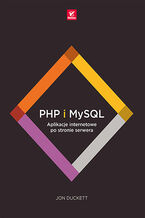





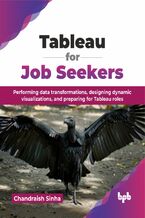
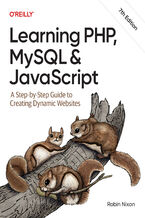
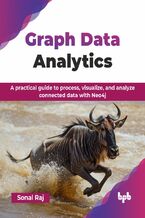







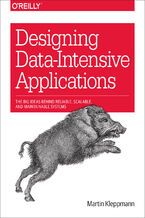


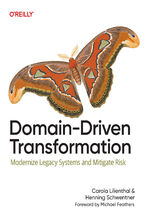

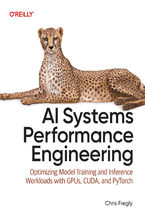
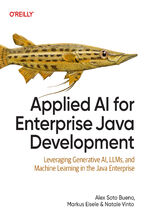
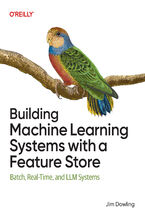
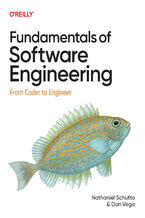
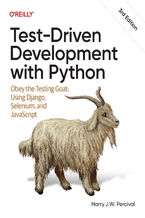



Oceny i opinie klientów: High Performance MySQL. Optimization, Backups, Replication, Load Balancing & More Jeremy D. Zawodny, Derek J. Balling
(0)